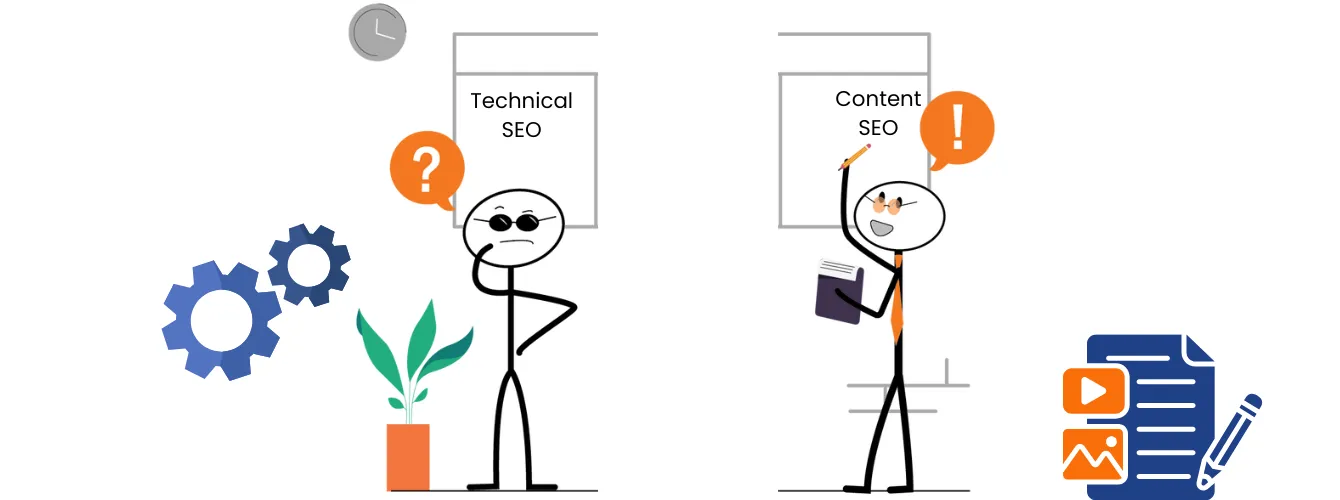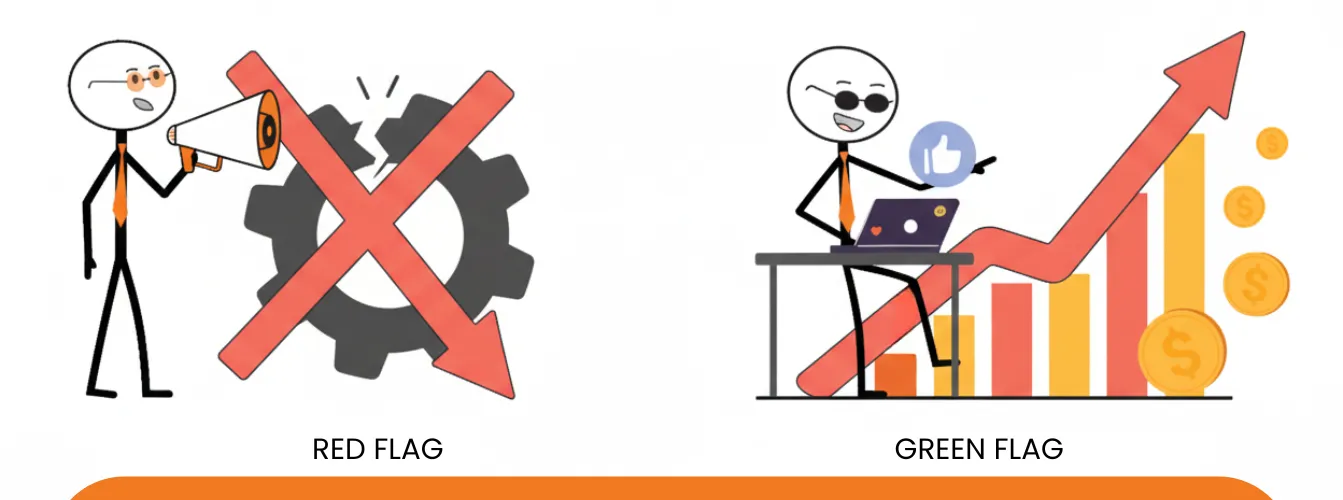Bounce rate is a web analytics metric that measures the percentage of visitors who land on a webpage and leave without taking any further action, such as clicking on links, navigating to other pages, or interacting with elements.
However, not all visitors perform any action on a webpage. If you need information like “What is bounce rate?” leave the page after reading the first paragraph or 2-3 lines. You understand the basic concept of bounce rate and leave the page, which will also count as the bouncing user and affect the website’s bounce rate. That is why we never thought of having a 0% bounce rate, and we consider some factors to have an average rate of the users bouncing off the page or performing any action.
If 100 users visit your webpage and 40 leave without interacting, your bounce rate is 40%, which might not always be bad. The bounce rate varies by website type and user intent. A metric related to bounce rate is “dwell time,” or the time a visitor spends on your page. While longer dwell time can indicate engagement, it’s not always necessary. Users may find the information they need at the top of the page or use a table of contents (TOC) to navigate quickly without exploring the entire content.
How is Bounce Rate Calculated?
The bounce rate is calculated using the formula:
Bounce Rate = (Single-Page Sessions / Total Sessions) × 100
Google Analytics Metrics:
- Session Duration: Measures the time a user spends on a site. If a visitor leaves quickly, it may count as a bounce.
- Single-Page Visits: Sessions where the user visits only one page and leaves without triggering additional actions, like filling out a form or clicking a CTA.
What is a Good Bounce Rate?
A ‘good’ bounce rate varies significantly depending on the industry, website type, and audience behavior. For example, e-commerce websites typically have lower bounce rates than blogs.
Here are some general benchmarks for average bounce rates across different website types:

These are just general guidelines. Your ideal bounce rate will depend on your specific business goals and website objectives.
Tracking and Measuring:
To effectively track and measure your bounce rate, you should use Google Analytics. Here’s a step-by-step guide:
- Set Up Google Analytics: Ensure Google Analytics is properly installed on your website by embedding the tracking code provided by Google on each page.
- Access Bounce Rate Data: Once inside Google Analytics, navigate to the “Audience Overview” report. Here, you’ll find the overall bounce rate for your website.
- Segment Bounce Rates: To gain deeper insights, you can segment bounce rates by specific dimensions like traffic source, device, or landing page. This helps identify which aspects of your site contribute to high bounce rates.
- Analyze and Compare: Compare bounce rates across different pages and sections of your site to understand where users are disengaging. You can also compare bounce rates with metrics like session duration and pages per session to get a fuller picture of user behavior.
Advanced Techniques to Lower Bounce Rate
- Internal Linking Strategies: Provide relevant internal links to guide visitors to related content, keeping them engaged longer.
- Exit-Intent Pop-Ups: Use pop-ups to offer discounts or lead magnets when users show signs of leaving, capturing their interest at the last moment.
- Personalization for Returning Users: Display tailored content based on user history, preferences, or browsing behavior to enhance engagement and encourage return visits.
Combined with insights from an expert digital marketing agency, these techniques can significantly enhance user experience, lower bounce rates, and improve conversions.
Conclusion
Bounce rate is an essential metric for assessing the dwell time of user engagement on the website. While a certain amount of bounce is natural, optimizing your website’s content, navigation, and engagement strategies can reduce it. By focusing on creating value for your audience and addressing technical issues, you can improve user retention and maximize conversions.







